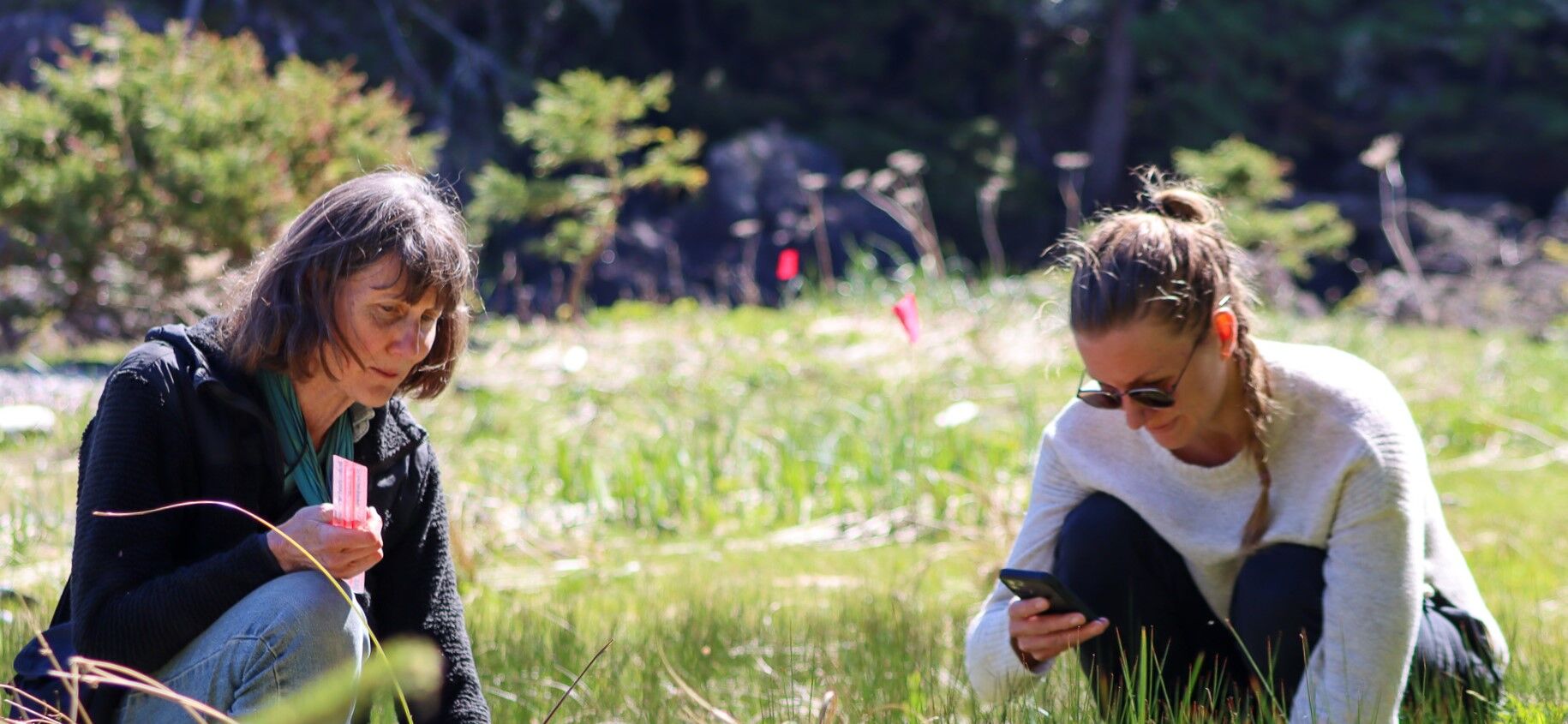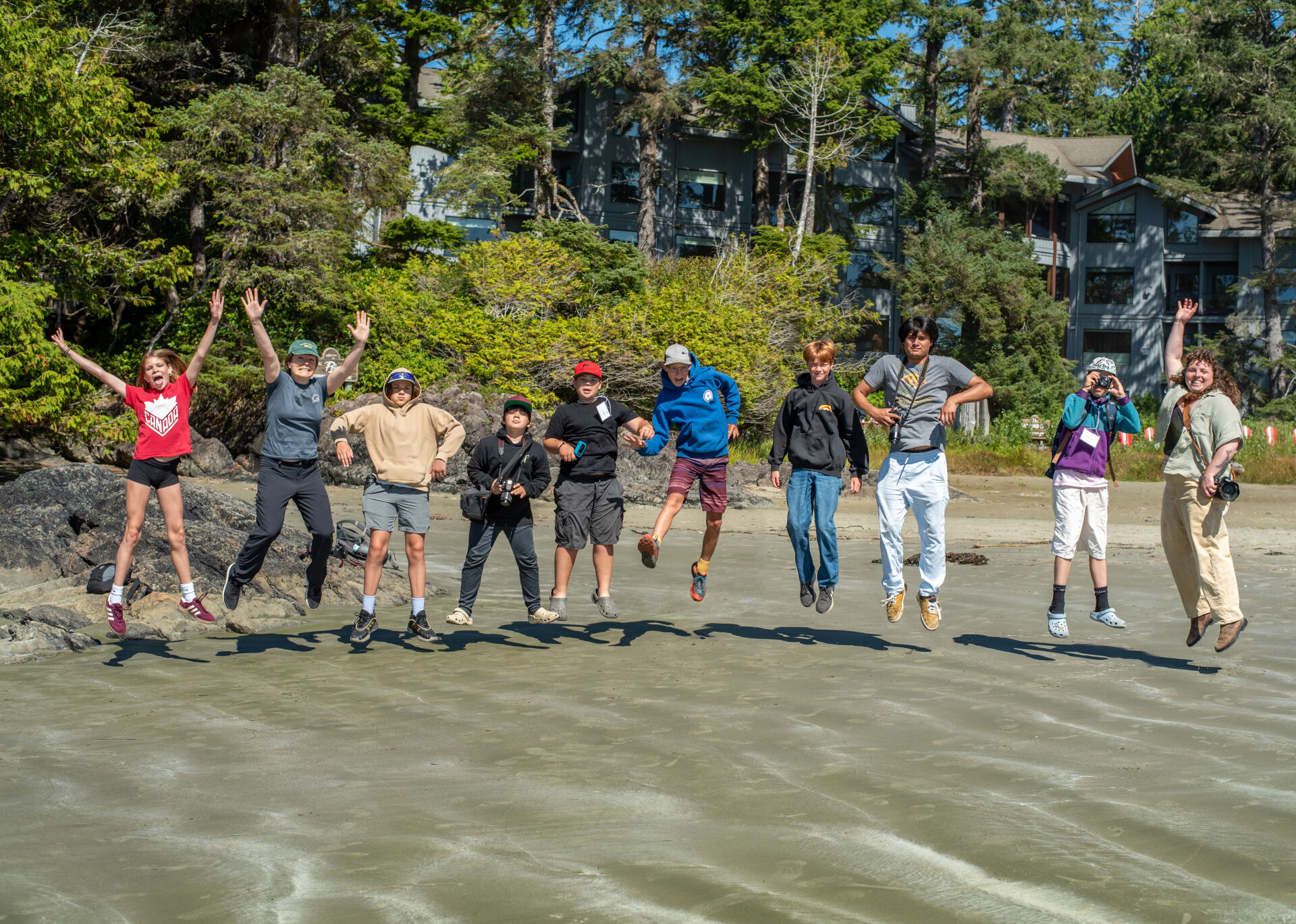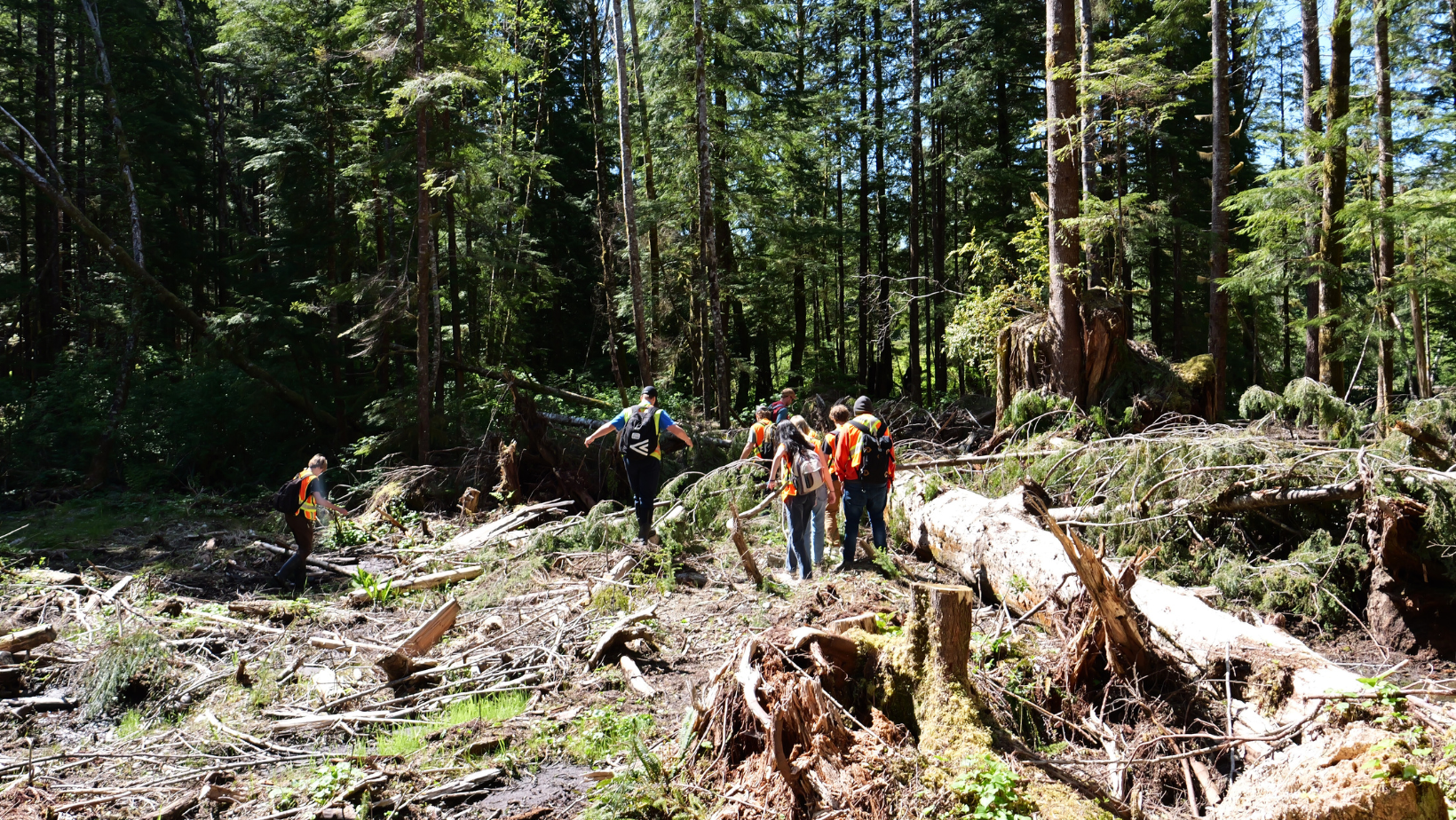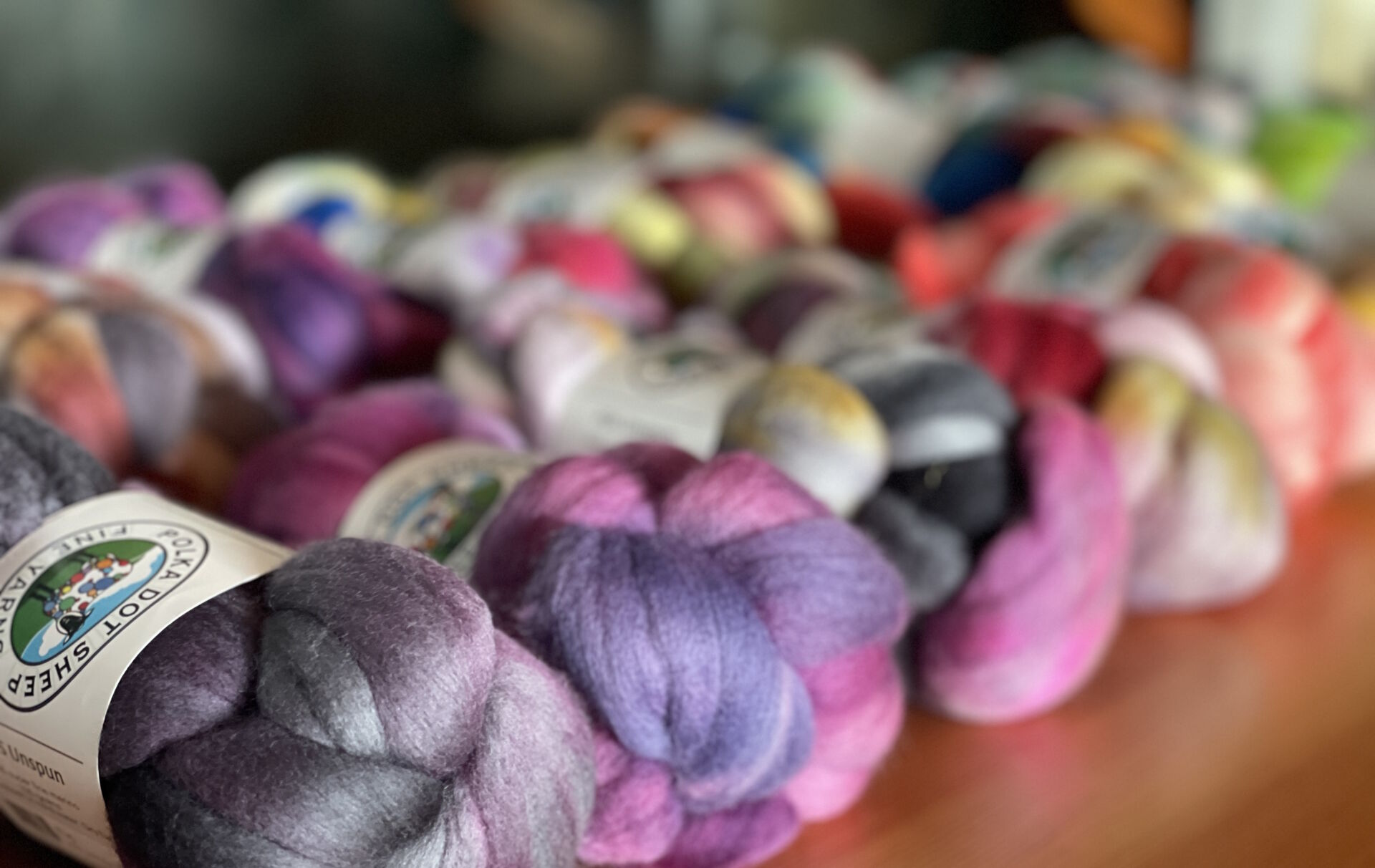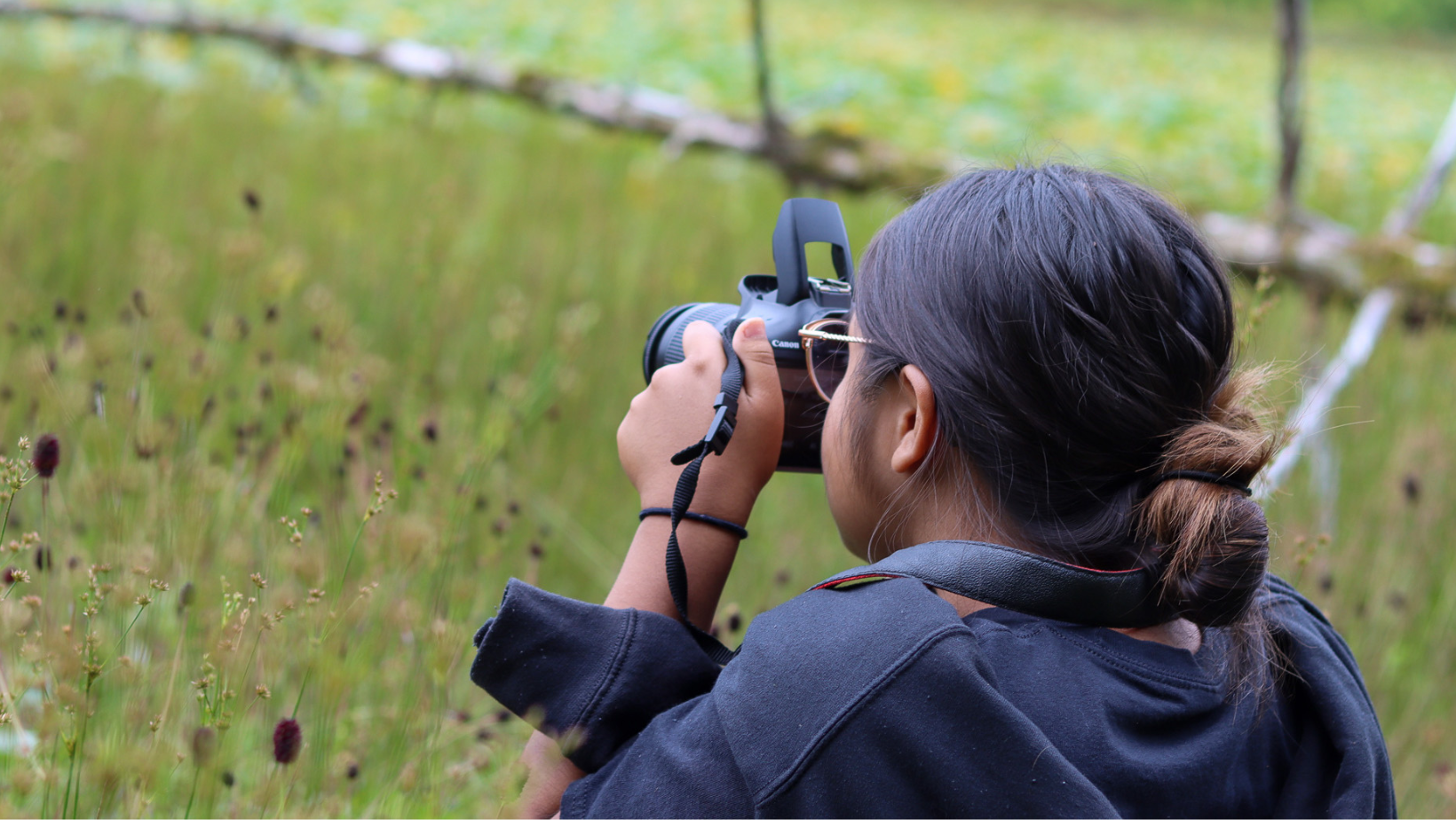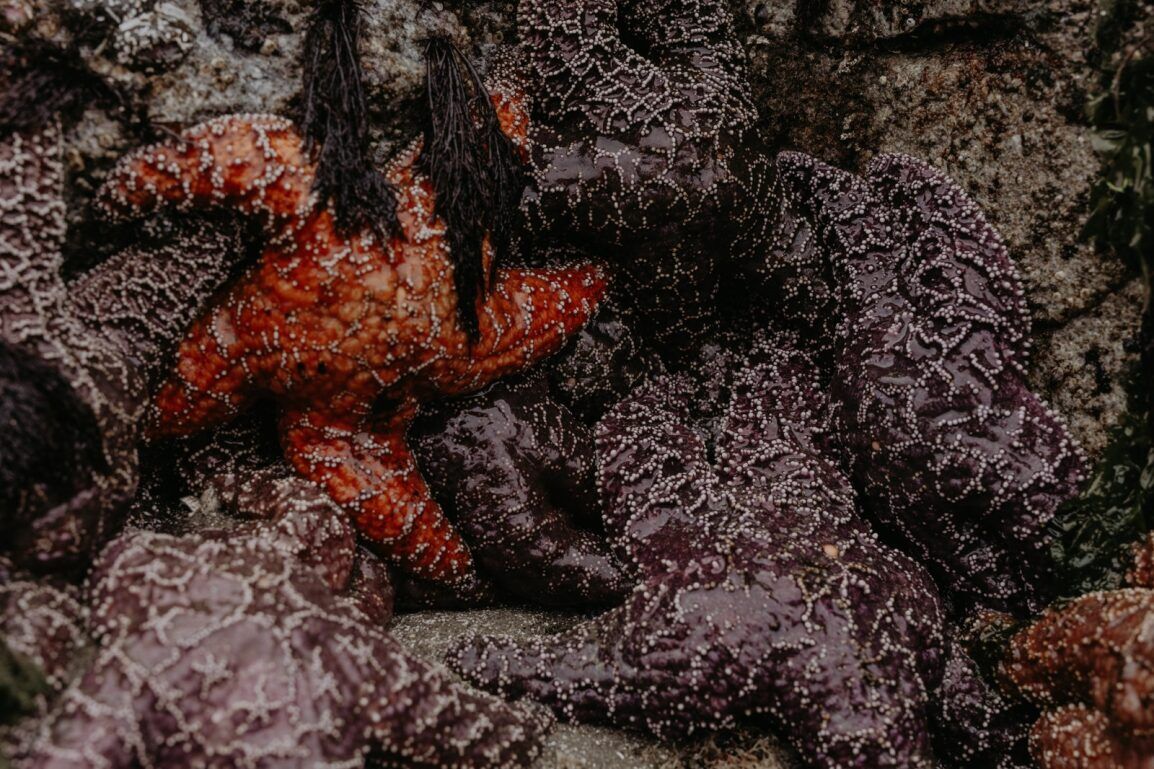Biodiversity Discovery Days
This past May, the West Coast N.E.S.T. and the Clayoquot Biosphere Trust proudly hosted our first-ever Biodiversity Discovery Days in celebration of the 2025 International Day for Biodiversity! Nearly 600 participants joined our three-day celebration, attending expert talks, guided nature walks, a free visit to the Ucluelet Aquarium, a region-wide BioBlitz and a hands-on habitat restoration activity. Participants joined experts from the Association of Wetland Stewards for Clayoquot and Barkley Sounds, Wild Pacific Trail,Ucluelet Aquarium, and BC Conservation Data Centre, to explore the incredible diversity of life in the Clayoquot and Barkley Sound regions.
Over the three-day celebration, we launched a BioBlitz through iNaturalist. For those unfamiliar, a Bioblitz is an interactive event where scientists, educators, and community members work together to identify and document as many species as possible in a short period of time. It’s a powerful form of citizen science, helping collect valuable biodiversity data and insight from certain regions while inspiring future conservationists. Participants can explore at their own pace, from backyards to coastlines and forests, all contributing to a broader understanding of local ecosystems. It connects individuals to topics that matter in the world of conservation and sustainability. Our Bioblitz was a fantastic opportunity to engage the community, welcoming people of all ages to observe and document living organisms across various scales, with every observation helping build a clearer picture of the Clayoquot Sound Biosphere Region’s local biodiversity.
 Photo credit: Iris Sylvester
Photo credit: Iris Sylvester
This work brings important considerations to light and encourages conversation about why it matters, including questions like how humans affect the environment, if biodiversity in a region is changing, if invasive species are potentially harming ecosystems, how different species contribute to environmental health and what would happen if one of them disappeared. These are all important topics that are brought into conversation with an event such as this.
 Photo credit: Ocea Green
Photo credit: Ocea Green
Our BioBlitz was a fantastic opportunity to engage in a region-wide citizen science effort, deepen individual's connections to nature, and inspire action for a more sustainable future. Understanding the world around us is the first step toward protecting it!
 Photo credit: Ocea Green
Photo credit: Ocea Green
Day One: Thursday, May 22nd
To kick off the event we hosted two information sessions at the Amphitrite House about iNaturalist to introduce participants to the platform, explain how it works and why it’s such a valuable tool in the field. iNaturalist serves as a fantastic network to blend social connectedness with environmental stewardship. The social context of the app engages users in ways that might not be achieved as a solo observer and broadens the reach of naturalists, enthusiasts and hobbyists to larger audiences.
 Photo credit: Jason Straka
Photo credit: Jason Straka
Our Bioblitz results were a great success, with nearly 50 observers, we reached a total of 1,011 observations! Within those observations, we had 132 online participants help identify a total of 413 species. As part of our Bioblitz, we ran a contest for three notable titles: funniest, rarest and highest number of observations.
Our rarest observation winner was Ian C. with a great capture of a Scissor-tailed Flycatcher Tyrannus forficatus (with great photos by Ann N.). While Scissor-tailed Flycatchers are not rare within their breeding range in Oklahoma and Texas, they are rare here in British Columbia. In fact, this sighting generated lots of excitement among birdwatchers, some who even travelled all the way here just to catch a glimpse after this sighting!
Our funniest observation winner was Michelle N. with a photo of an Olympic Gull Larus glaucescens x occidentalis, giving the camera a hilarious deadpan stare.
Our winner with the highest number of observations and species was Moe M., with a total of 326 observations of 131 species!
 Photo credit: Ann Nightingale
Photo credit: Ann Nightingale
Day Two: Friday, May 23rd
 Photo credit: Nicole Gerbrandt
Photo credit: Nicole Gerbrandt
On day two, we held our guided walk with Tanya, a knowledgeable Naturalist from the Wild Pacific Trail Society. This was an opportunity for participants to discover the rich biodiversity that thrives in the area together while actively contributing to the Bioblitz by recording their observations along the way.
Some of the Coolest Biodiversity Ever: Frogs, Bogs, Salamanders and Salt Marshes
Later that evening, we had the pleasure of hearing from Barb Beasley, founder of the Association of Wetland Stewards for Clayoquot and Barkley Sounds, a group dedicated to amphibian research and education. Her talk introduced us to some fascinating coastal amphibians.
 Photo credit: Nicole Gerbrandt
Photo credit: Nicole Gerbrandt
Barb shared insights on BC’s amphibians, starting with the Northern Pacific Treefrog, a familiar sight on Vancouver Island. She highlighted the Rough-skinned Newt, whose skin contains a toxin 10,000 times more potent than cyanide, the same found in Pufferfish and Blue Ringed Octopuses. We also learned about the Northwestern Salamander, the largest on the West Coast, whose eggs form a unique partnership with algae to boost oxygen and nutrient exchange. Lastly, she introduced the Wandering Salamander, known for its ability to glide from treetops and its puzzling distribution. Found only on Vancouver Island and Northern California, scientists have proposed theories ranging from glacial survival to driftwood transport to explain its unusual range.
The conversation shifted to the global decline of amphibians, with 41% of species threatened due to climate change, disease, habitat loss, pollution, invasive species and road mortality. Data shows declining numbers and extinction on a global level, proving that no place is immune to biodiversity loss. In BC, 20 amphibian species exist, 9 salamanders and 11 frogs, over half of which are at risk.
The Association of Wetland Stewards for Clayoquot and Barkley Sounds have been tackling these threats locally. Their work with Parks Canada led to the installation of wildlife tunnels along Highway 4, reducing amphibian road mortality. These crossings now benefit a variety of species, from salamanders and frogs to raccoons, squirrels, and even bears. They’re also collaborating with the Huu-ay-aht First Nation and Toquaht Nation to protect breeding sites and remove invasive species like Yellow Flag Iris.
 Photo credit: Ocea Green
Photo credit: Ocea Green
Barb’s presentation was a powerful reminder of the importance of conservation and the incredible biodiversity right here on the West Coast.
Eelgrass Ecosystems: The Community That Sustains Us All
Our second presentation featured Alana Carswell, an Aquarist and Interpreter at the Ucluelet Aquarium, who shared the vital role of eelgrass meadows in coastal ecosystems. These underwater meadows support marine biodiversity, protect shorelines, and contribute to climate resilience.
Eelgrass, a year-round flowering aquatic plant, stabilizes shorelines by anchoring sediment with its roots and rhizomes. Its long blades diffuse waves, reducing erosion and safeguarding coastal habitats. These meadows serve as nurseries for young salmon, rockfish, and herring, providing shelter and a rich food source. They also support migratory and resident birds by offering prime feeding grounds.
 Photo credit: Ocea Green
Photo credit: Ocea Green
Beyond habitat support, eelgrass ecosystems store carbon, produce oxygen, and filter pollutants, helping maintain water quality. However, they are declining globally at a rate of 1.5% per year, with 30% already lost due to factors like habitat degradation, invasive species, boat anchoring, careless shellfish harvesting, disease, and extreme weather.
To protect these vital ecosystems, the Ucluelet Aquarium Society is collaborating with local organizations to map eelgrass meadows in Ucluelet Harbour with their “Healthy Harbour Project”, ensuring their long-term health and resilience.
Day Three: Saturday, May 24th
On our final day, participants enjoyed free access to the Ucluelet Aquarium, Canada’s first collect-and-release aquarium. Through vibrant exhibits and interactive touch tanks, visitors and residents explored local marine life and connected with knowledgeable staff to discuss their BioBlitz findings. Getting hands-on with marine creatures fosters a deeper appreciation and understanding of the life that surrounds us.
 Photo credit: Ocea Green
Photo credit: Ocea Green
The day also featured a hands-on conservation activity led by Barb Beasley and Jason Straka at Kimoto Park, where participants helped remove Yellow Flag Iris, an invasive species that threatens fish and wildlife habitats. These plants spread by releasing seed capsules that float and disperse along the coast. To combat their spread, we can report sightings on iNaturalist, clip and dispose of flowers in sealed garbage bags (not compost), and use barriers to eradicate rhizomes. To learn more about how this invasive species is impacting our ecosystems, check out this Storymap on Yellow-flag Iris.
 Photo credit: Ocea Green
Photo credit: Ocea Green
 Photo credit: Nicole Gerbrandt
Photo credit: Nicole Gerbrandt
Invasive species disrupt ecosystems and are often introduced due to human activity. The province encourages reporting sightings through iNaturalist or the provincial wildlife species inventory and taking precautions, such as washing equipment when moving between ponds and avoiding the transfer of wildlife. Small actions make a big difference in protecting our natural spaces!
This year's event was a great success; we’re thrilled to have welcomed close to 600 participants to celebrate our 2025 Biodiversity Discovery Days in so many different ways.
Thank you to everyone who participated in our Bioblitz to help map local biodiversity, and a special congratulations to our winners! Connecting the community to the nature around us is an essential step in paving the way to a more sustainable future and a better relationship with the land, waters and all life within.
We’d like to thank the Wetlands Stewards, Ucluelet Aquarium, Wild Pacific Trail, and Jason Straka from the BC Ministry of Environment’s Conservation Data Centre for partnering with us to host these incredible events, which would not have been possible without funding from the Natural Sciences and Engineering Research Council of Canada’s PromoScience grant held by the Clayoquot Biosphere Trust.
Written by Nina Moodley

